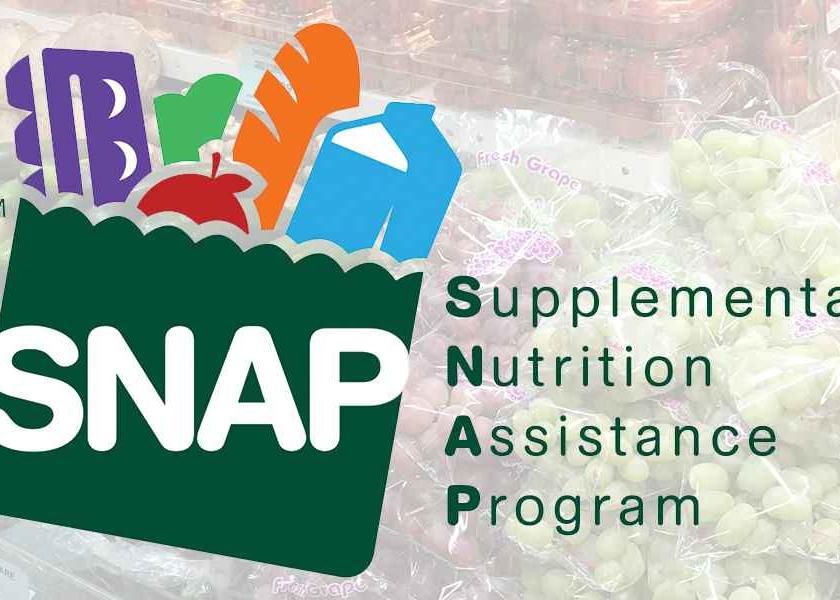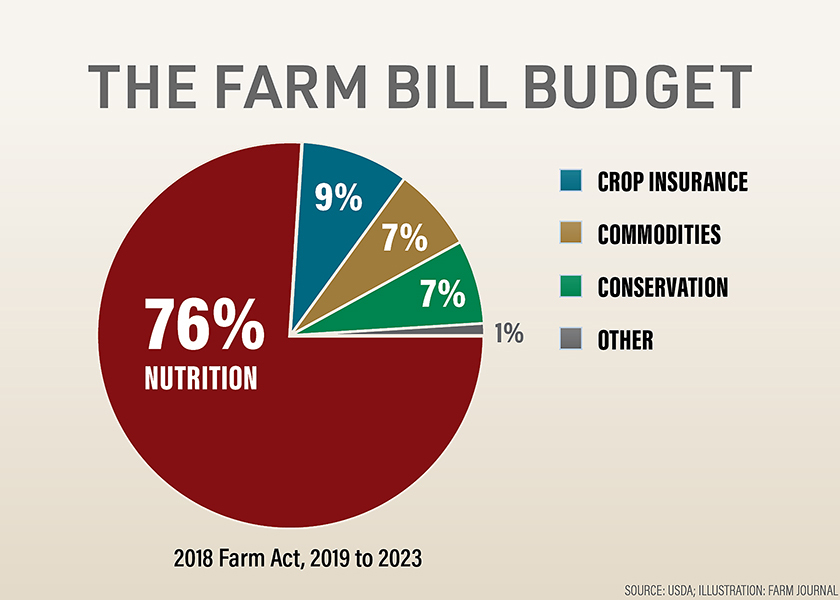Rubio's Bill Would Exclude Soda and Prepared Desserts from SNAP

The Supplemental Nutrition Assistance Program (SNAP) provides vital assistance to millions of low-income Americans, but it urgently needs reform, Sen. Marco Rubio (R-Fla.) wrote in a commentary item in the Wall Street Journal.
Over 20% of SNAP spending “goes to unhealthy food and drinks, costing taxpayers billions and contributing to the nation's obesity and diabetes crises,” he noted. “This issue has received bipartisan support for change, with progressive mayors and former agriculture secretaries expressing concern over the program's contribution to poor nutrition.”
SNAP's Share in the Farm Bill
Historically, the farm bill's nutrition title, which includes SNAP, receives the majority of farm bill funds. In the Congressional Budget Office's (CBO) 10-year cost-estimate projections for farm bill programs, released in February, nutrition spending is nearly 82% larger than what it was granted in the 2018 Farm Bill at $663 billion.

A large portion of the increase is due to the administration’s re-evaluation of SNAP’s Thrifty Food Plan (TFP), which resulted in a quarter-trillion-dollar increase in SNAP benefits from July 2021 to the May 2022 baseline.
Rubio said the next farm bill provides an opportunity to align SNAP with the nutrition standards of other major programs, such as the National School Lunch Program and the Special Supplemental Nutrition Program for Women, Infants, and Children. A proposed bill would exclude soda and prepared desserts from SNAP, focusing on healthier food and beverages.
“This reform could promote healthier diets, reduce medical expenses, and address food deserts in low-income neighborhoods,” Rubio said.
Although the proposal faces opposition, Rubio says the need for change has been acknowledged across party lines.
“It is crucial to prioritize diet quality and make it a core SNAP objective, as suggested by USDA Secretary Tom Vilsack.”







